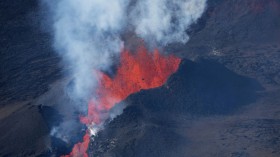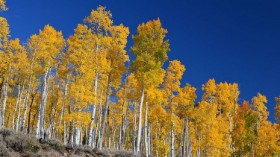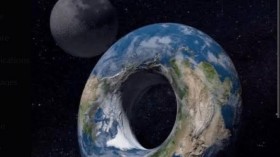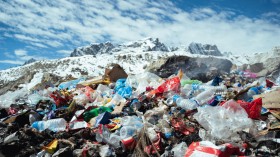Corals in the Great Barrier Reef are diminishing, and scientists are blaming ocean acidification for their dangerously low growth rates, a new study describes.
Coral growth rates have plummeted 40 percent since the mid-1970s, and given that the Australian reef is the site of the largest collection of corals - over 400 types - scientists are getting worried.
"Coral reefs are getting hammered," study leader Ken Caldeira of the Carnegie Institution said in a press release.
Not only from ocean acidification, he adds, but from global warming, coastal pollution and overfishing, which are also damaging these reefs that serve as havens for biodiversity.
But for this study, published in the journal Geochimica et Cosmochimica Acta, researchers focused on ocean acidification.
As it is, coral reefs are extremely sensitive to changes in ocean chemistry as a result of human activity. Since the beginning of the Industrial Revolution, about one-third of the carbon dioxide (CO2) that has been released into the atmosphere as a result of fossil fuels, for example, has been absorbed by the oceans, where it damages coral reefs.
But when these ocean sinks absorb CO2, it impacts a vital process performed by corals called calcification, during which reefs use a mineral called aragonite to make their skeletons. How it works is the CO2 combines with the aragonite, a naturally occurring form of calcium carbonate (CaCO3), to form carbonic acid (H2CO3). This, in turn, makes the ocean more acidic and decreases its pH.
As we continue to utilize fossil fuels and release harmful greenhouse gases into the atmosphere, some of which are taken up by oceans, corals continue to struggle to grow their shells and skeletons, not only threatening coral reefs but the various species that depend on them as well. According to the United Nations Educational, Scientific and Cultural Organization (UNESCO), 1,500 species of fish and 4,000 types of mollusc inhabit the Great Barrier Reef.
Caldeira and his team decided to measure and compare the past and recent rate of calcification in two segments of the Great Barrier Reef.
The team found that rates of reef calcification were 40 percent lower in 2008 and 2009 than they were during the same season in 1975 and 1976.
"Coral reefs have been around for millions of years, but are likely to become a thing of the past unless we start running our economy as if the sea and sky matters to us very soon," Caldeira added.
This study follows the Australia's recent announcement of their 35-year plan to save the Great Barrier Reef, which will take measures to combat the numerous threats to the reef.
© 2024 NatureWorldNews.com All rights reserved. Do not reproduce without permission.





